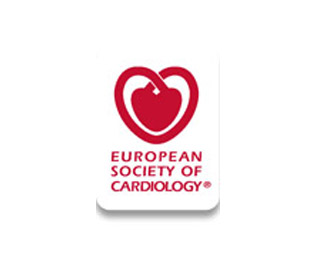
While conducting the study, experts analyzed data from approximately 51,485 people. It was mentioned that subjects below the age of 65 years do not have a statistically significant threat of stroke. The risk probably elevated by 27 percent for every 10dB of higher road traffic noise among those aged 65 years and above. Authors predict that exposure to road traffic noise can raise chances of experiencing a stroke. Traffic noise is also believed to heighten the threat of heart attacks and high blood pressure. On completion of the study, a total of 1,881 patients possibly suffered a stroke.
“If we assume that our findings represent the true risk, and the association between traffic noise and stroke is causal, then an estimated eight percent of all stroke cases, and 19 percent of cases in those aged over 65, could be attributed to road traffic noise. The population in this study, however, lived mainly in urban areas and is, therefore, not representative of the whole population in terms of exposure to road traffic noise. However, if we take the exposure distribution of all dwellings in Denmark into account, we find that about 600 new cases of stroke could be attributed to road traffic noise in Denmark each year. There are 5.5 million inhabitants in Denmark and a total of 12,400 new cases of stroke each year,†commented Dr Mette Sorensen, senior researcher at the Institute of Cancer Epidemiology, Danish Cancer Society in Copenhagen, Denmark, who led the study.
Factors such as the effect of air pollution, exposure to railway and aircraft noise as well as several other confounding life-style factors like smoking, diet, alcohol and caffeine consumption were taken into consideration. Data gathered from the participants and where they lived was related to a noise calculation program. This program may be employed for mapping out noise levels in a variety of locations. The noise calculation program considers traffic composition and speed, road type, like motorways, rural highways, surfaces, building polygons and the position as well as the heights of people’s homes above the roads.
Dr Sorensen added, “The mechanisms involved are probably the same mechanisms believed to be involved in noise-induced hypertension and heart attacks, namely that noise acts as a stressor and disturbs sleep, which results in increased blood pressure and heart rate, as well as increased level of stress hormones. Taken together, all of these could increase the risk for cardiovascular diseases. In addition, older people tend to have more fragmented sleep patterns and are more susceptible to sleep disturbances. This could explain why the association between road traffic noise and risk of stroke was seen mainly in the oldest participants.â€
When the study was initiated 35 percent volunteers were exposed to noise levels greater than 60dB and 72 percent of them lived at the same address throughout the period of the study. While the lowest estimate for noise exposure throughout the investigation was 40dB, the highest remained 82dB. It was concluded that exposure to road traffic noise increases stroke risk. Additional investigations will be undertaken to highlight the effects of noise on several cardiovascular diseases and raised blood pressure.
The study is published online in the European Heart Journal.
